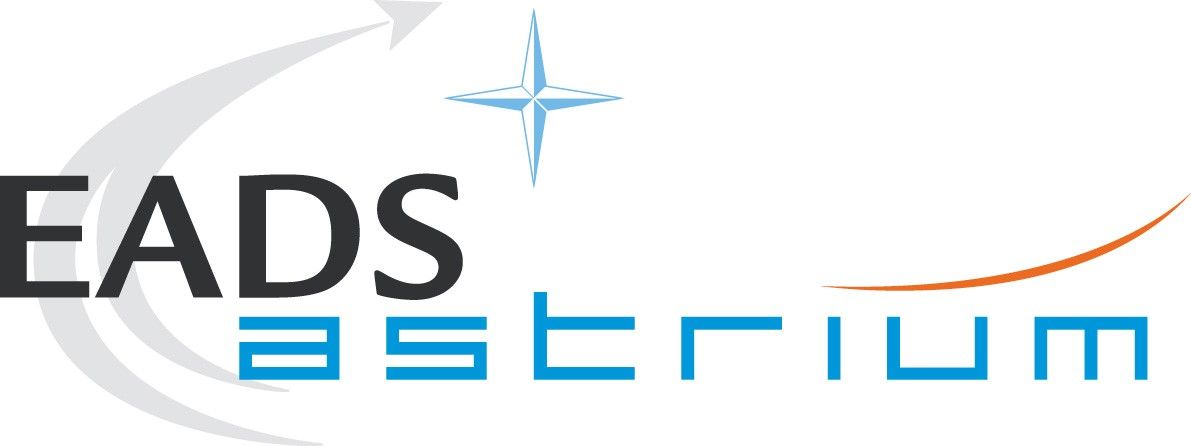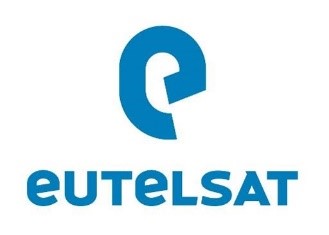
-
StatusCompleted
-
Status date2015-06-03
-
Activity Code1B.072
The 2010-2020 decade will see a revolution in the video distribution and content delivery market, including the introduction of new video contents, the emergence of new system architectures and changes in consumption habits.
The project will evaluate how the evolution of the video distribution and content delivery sector impacts satellite networks and will assess how the satellite should adapt to and benefit from this new environment. Based on a market analysis and value chain models, a technology development roadmap will be defined in order to maximize the European/Canadian industry assets in the sector of video distribution and content delivery.
Identify the satellite leading edges in order to maintain its competitiveness for future services offering but also consider hybrid satellite-terrestrial offering.
Anticipate the technical requirements of the next generation of video distribution and content delivery services in order to derive future satellite systems architectures and technologies to be developed.
One of the key challenges that the satellite sector will face in the coming years will be to be competitive and complementary to the fast moving terrestrial network offerings.
The study will sketch a clear picture of the future video distribution and content delivery services in 2020. The main benefit of the study is to identify the development of space technologies that will be required in order to maintain the satellite competitiveness in this new environment.
As a first step, the project will make a review of video distribution and content delivery scenarios, forecasted to 2020. For each scenario, it will identify the satellite positioning and leading edges and assess the economic viability.
Technical requirements will be derived from the most pertinent services and will be assessed against the current capabilities of satellite networks. In view of the emerging services and the corresponding requirements, a four-segment investigation of the future satellite systems will be performed:
- Overall system architecture,
- Satellite payload architecture (s),
- Ground segment infrastructure,
- End users terminals.
The project has been divided in five work packages. In WP1 “Video distribution and content delivery market analysis” and WP2 “Value chain evolution and economic aspects” will provide a selection of future video distribution and content delivery scenarios. Six months after the kick-off, the most pertinent scenarios will be presented and reviewed during the Service Scenario Review.
Based on the requirements defined in WP3 “Technical requirements”, a detailed analysis of potential future satellite systems will be carried out in WP4 “Satellite system architectures analysis”. The outcomes of WP3 and WP4 will be presented during the System Design Review at T0+12 months.
WP5 “Key technologies analysis and recommendations” will conclude the study by producing a technology development roadmap and recommendation for future work.
The final review meeting has been successfully held in September 2014 and the project is completed.
Based on a thorough analysis of the video distribution and content delivery market in terms of emerging technologies, modification of consumption habits and evolution of the value chain, three relevant future services scenarios have been characterized to strengthen the satellite positioning:
- Push on-demand content provision
- Hybrid on-demand content provision
- Premium quality broadcasting
A strong position as the distributor of premium quality content and building partnerships for hybrid broadcast/broadband delivery are key assets to adapt to the future video distribution market.
These service scenarios have been characterized both economically and technically and translated in mission requirements.
A detailed architectural design has been carried out for two systems providing service over Europe:
- A three-satellite system, compliant with the requirements derived from 2020 projections in terms of video consumption
- A single satellite system offering the same coverage for a smaller initial investment, but with limited capacity
The Seduce study has demonstrated the feasibility of a satellite system designed for linear and non-linear TV usages forecasted to 2020.The required capacity can be achieved in particular though frequency re-use and usage of Ka-band. Repeater equipment not available yet has been identified, requiring either to be developed or adapted to the frequency range.







